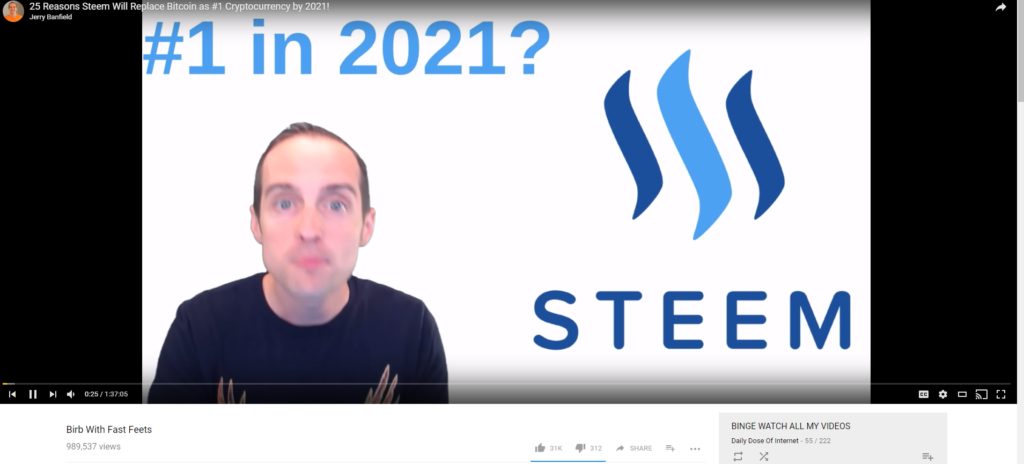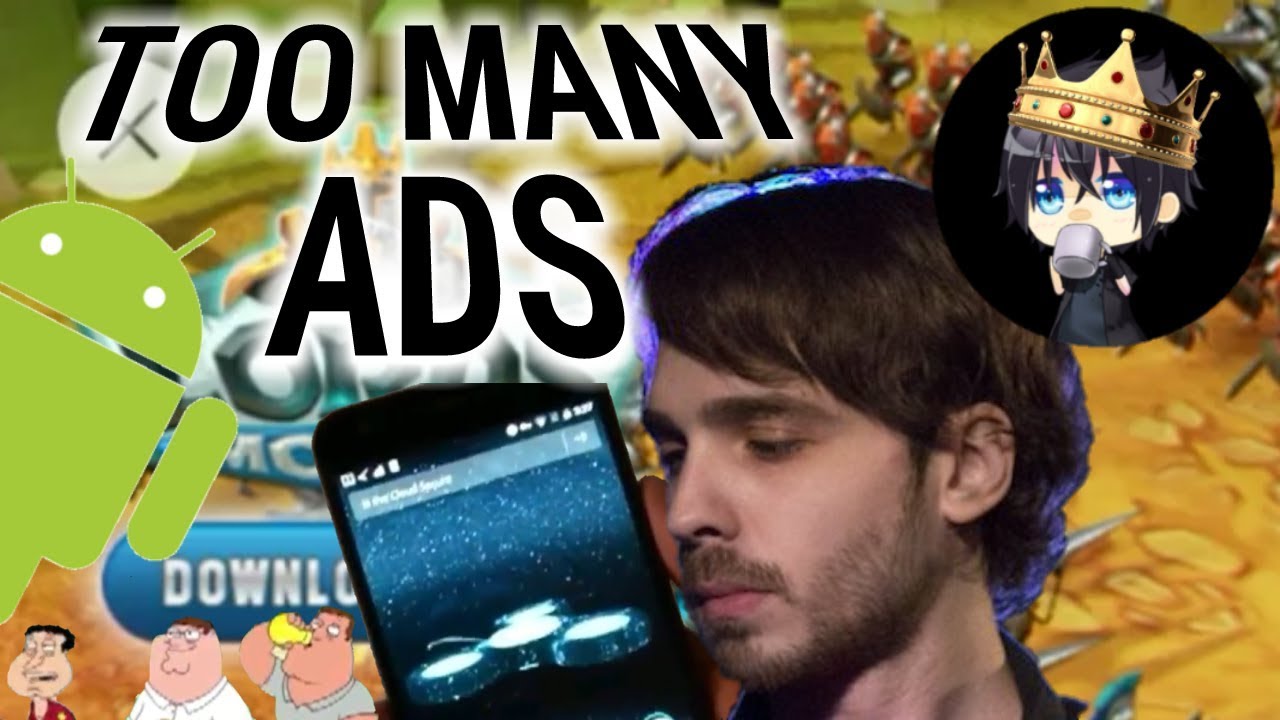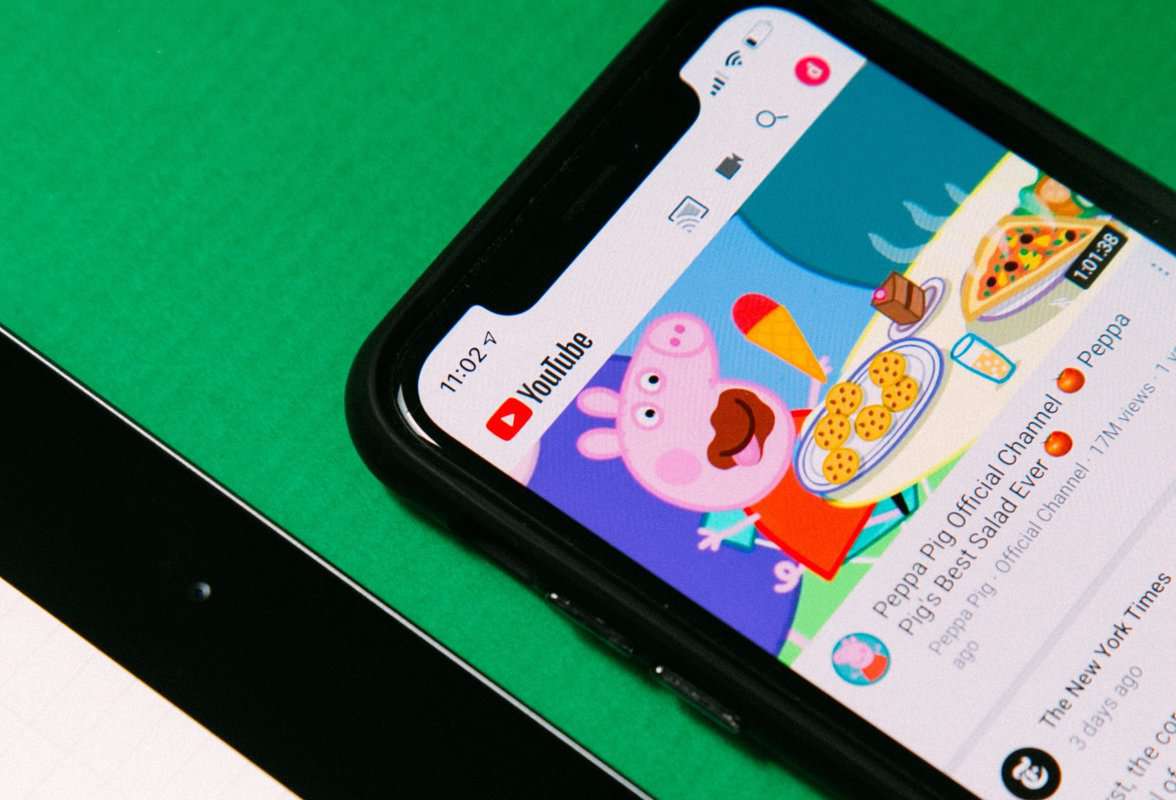YouTube ads have become an integral part of the platform's ecosystem, acting as both a revenue stream for creators and a marketing tool for businesses. What began as simple banner ads has evolved into a complex web of different formats tailored to engage and inform viewers. With millions of hours of video content uploaded every day, advertisers naturally want to capture attention in a more significant way. But have you noticed that YouTube ads seem longer now than ever before? Let’s dive into what that means and why we’re experiencing longer ad formats on the platform.
The Evolution of YouTube Ad Formats

The world of YouTube advertising has vastly transformed over the years. Initially, advertisers had limited options, but as the platform grew, so did the variety of ad formats. Here’s a quick overview of some of the major changes:
- Display Ads: These appeared as banner advertisements on the side of the video player or above the video. They were relatively unobtrusive and didn’t interrupt the viewing experience.
- Skippable Ads: Introduced later, these gave users the option to skip the ad after a few seconds. This was revolutionary as it allowed users to engage only with ads that interested them, providing a better viewer experience.
- Non-Skippable Ads: While less popular among users, these ads require viewers to watch the full length before accessing the content. They can be up to 30 seconds long, leading to mixed reactions.
- Bumper Ads: These are short, six-second ads that can't be skipped. They are designed for quick, memorable messages and have gained popularity as attention spans have shortened.
- Long-Form Ads: Recently, advertisers have taken advantage of longer formats, such as TrueView ads that can run for over a minute. This allows for deeper storytelling and more comprehensive messaging.
As the landscape of YouTube ads continues to evolve, one common factor remains: the aim is to keep engagement high while providing value to both brands and viewers. The increase in ad length corresponds to advertisers' need for robust storytelling and consumer engagement in a competitive digital space.
Reasons for Longer Ad Durations

Have you ever been frustrated by those seemingly never-ending YouTube ads? You're not alone! Over the past few years, we've seen a noticeable increase in ad durations on the platform. But what’s behind this trend? Let’s break it down.
First and foremost, *advertisers are looking to maximize their engagement. Longer ads allow brands to tell a more complete story, showcasing their products and services in a way that short snippets simply can't. Think about it: the longer an ad plays, the more information it can convey about a product’s benefits, features, and even a compelling narrative that resonates with viewers.
Secondly, there’s the shift towards brand recognition. In our fast-paced world, brands are aiming to not just impress viewers but to embed themselves into their memory. Longer ads can aid in building familiarity with a brand, increasing the likelihood of recall when it comes time for a purchase decision.
Moreover, technology has advanced, allowing advertisers to create high-quality content that holds viewer attention. This means that longer ads can be more entertaining and engaging, making them less of a nuisance and more of a welcomed experience.
Lastly, YouTube has adjusted its ad revenue model to favor longer commercials, benefiting content creators who can now earn more through ad placements that extend over a longer period. This financial incentive encourages advertisers to produce longer ads in hopes of higher engagement.
Impact on Viewer Experience

So, with longer ads becoming the norm, how does this affect your viewing experience on YouTube? It’s a mixed bag. On one hand, you might find yourself rolling your eyes at the length of these ads, especially if they disrupt your binge-watching session. On the other hand, some of these ads can actually enhance your experience.
Firstly, let’s talk about the negative impact*. Extended ads can lead to viewer fatigue and frustration. Many users may skip over content if they feel overwhelmed by the interruption. This can result in a less enjoyable experience overall, as users might be less inclined to consume content with recurring long ads.
Conversely, there are positives to consider. For example:
- Rich Storytelling: Longer ads can offer captivating narratives that entertain while informing.
- Higher Quality Production: Advertisers invest more in creating polished content that might even rival some short films.
- Brand Connection: These ads can foster a deeper emotional connection between consumers and brands.
Ultimately, viewer responses will vary. Some may appreciate the creative aspects of longer ads, while others might long for the days of shorter interruptions. Whatever the case, YouTube ads are evolving, and it’s essential to adapt to this new landscape!
5. Changes in Advertising Strategies

Over the last few years, advertisers have significantly evolved their strategies to connect better with audiences on platforms like YouTube. This transformation can be attributed to several key factors.
- Shift Towards Storytelling: Brands are increasingly embracing storytelling in their ads. Rather than merely delivering a message, they aim to create a narrative that resonates with viewers. This often requires longer ad formats to develop characters and plots.
- Emphasis on Engagement: Advertisers recognize that viewer engagement is paramount in the digital space. Longer ads provide more opportunities to engage with the audience, allowing for deeper brand connections.
- Data-Driven Decisions: With advanced analytics, brands can gauge viewer behavior and preferences more accurately. If data suggests that viewers are willing to watch longer content, advertisers are likely to adapt accordingly.
- Ad Variety: YouTube has introduced various ad formats, like bumper ads and unskippable commercials. This variety allows brands to experiment with longer ads while still providing short alternatives for audiences that prefer them.
- Increased Competition: As more brands flood the platform, standing out has never been more critical. Longer ads can help create unique content that captures attention, especially in saturated markets.
Ultimately, these changes in advertising strategies reflect a broader trend in digital marketing: a move away from traditional, short commercials to more elaborate, engaging content tailored to the viewer’s experience.
The Future of YouTube Advertising
Looking ahead, the future of YouTube advertising is brimming with potential and innovation. As technology evolves and consumer behavior shifts, we can expect several exciting developments.
- Personalized Ads: With advancements in AI and machine learning, we may soon see an era of hyper-personalized ads. This means ads tailored not only to general demographics but also based on individual viewing habits.
- Integration of Interactive Content: Future ads may incorporate interactive elements that allow viewers to choose their own adventure or engage in real-time, transforming passive viewing into an active experience.
- Short-Form vs. Long-Form Content: As attention spans evolve, there may be a push and pull between the demand for short ads and the growing acceptance of longer storytelling. Brands will need to strategically find a balance between the two formats.
- Continued Growth of Influencer Marketing: Brands are likely to continue collaborating with YouTube influencers. This partnership can lead to authentic content that naturally integrates products within longer videos.
- Sustainability and Ethical Advertising: As consumers become more environmentally conscious, brands will need to consider sustainability in their advertising strategies. Expect a rise in transparency and ethical practices in YouTube ads.
In summary, the future of YouTube advertising is not just about longer ads; it's about creating a more immersive, engaging, and personalized experience that respects consumers' preferences and delivers value.
Why Are YouTube Ads So Long Now
You may have noticed that YouTube ads have grown progressively longer over time. This shift in ad duration can be attributed to several factors that advertisers and YouTube itself have recognized, aiming to enhance user engagement and maximize advertising effectiveness.
Here are some key reasons why YouTube ads are longer now:
- Increased Competition for Attention: With so many creators and advertisers vying for viewer attention, longer ads allow brands to tell a more compelling story and showcase their products in-depth.
- Better Analytics: Advertisers now have more data on viewer behavior, which suggests that longer ads can lead to higher engagement and improved brand recall, making the extended ad duration a strategic decision.
- Shift in Ad Formats: The introduction of newer ad formats like “skippable ads” means people can choose to skip after a few seconds. Longer ads often continue engaging those who choose to watch, creating a unique narrative that holds interest.
- Brand Storytelling: Companies are increasingly focused on storytelling to connect with their audience emotionally, and longer ads provide ample opportunity to develop these narratives.
| Ad Type | Typical Duration | Viewer Experience |
|---|---|---|
| Skippable Ads | 15-30 seconds | Can skip after 5 seconds |
| Non-Skippable Ads | 15 seconds and sometimes up to 1 minute | Must watch the full duration |
| Mid-Roll Ads | Up to 2 minutes | Appears during videos |
In conclusion, the trend toward longer YouTube ads is driven by the need for deeper engagement, improved storytelling, and data-backed strategies aimed at capturing viewer attention and enhancing brand recall.










